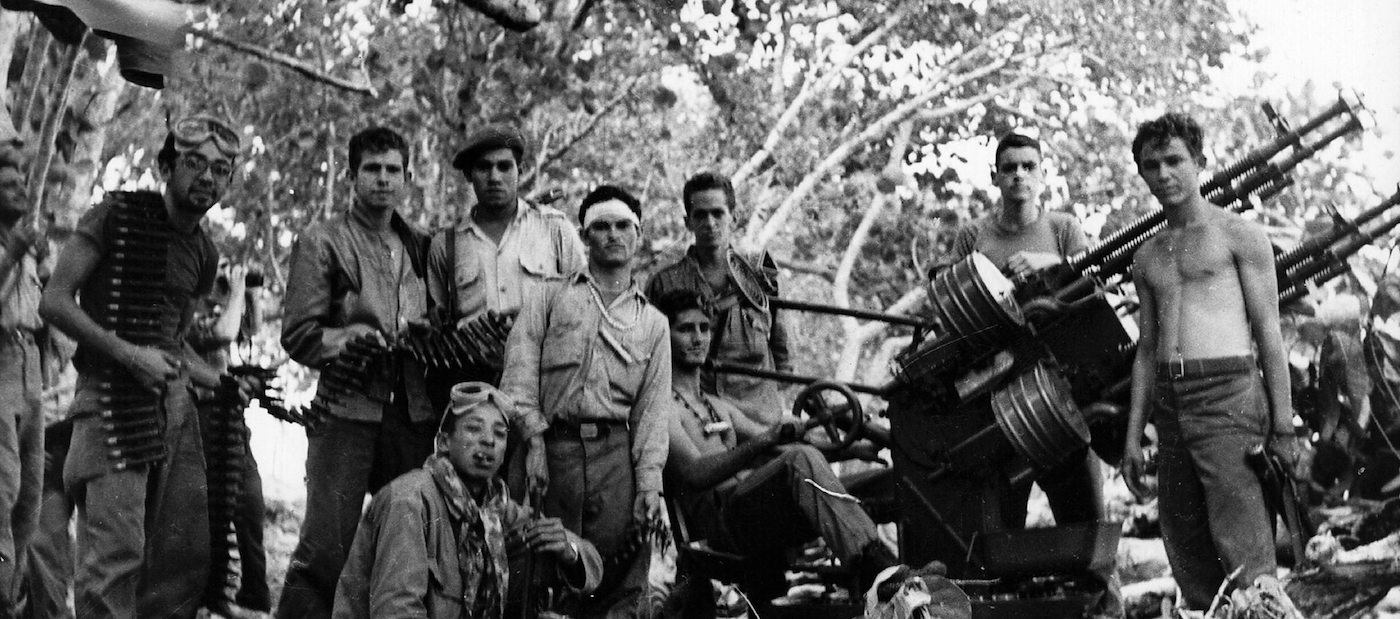
Bay of Pigs Invasion
Cuban rebels backed by the CIA try to topple Castro's regime
The Bay of Pigs Invasion was a failed military invasion of Cuba undertaken by Cuban exiles and sponsored by the US Central Intelligence Agency. The exiled Cubans formed Brigade 2506 with the intent of overthrowing the government of Fidel Castro. Launched from Guatemala and Nicaragua, the invasion was defeated after 3 days of fighting. Castro declared that Cuba would become a Communist-style state during the Bay of Pigs invasion.
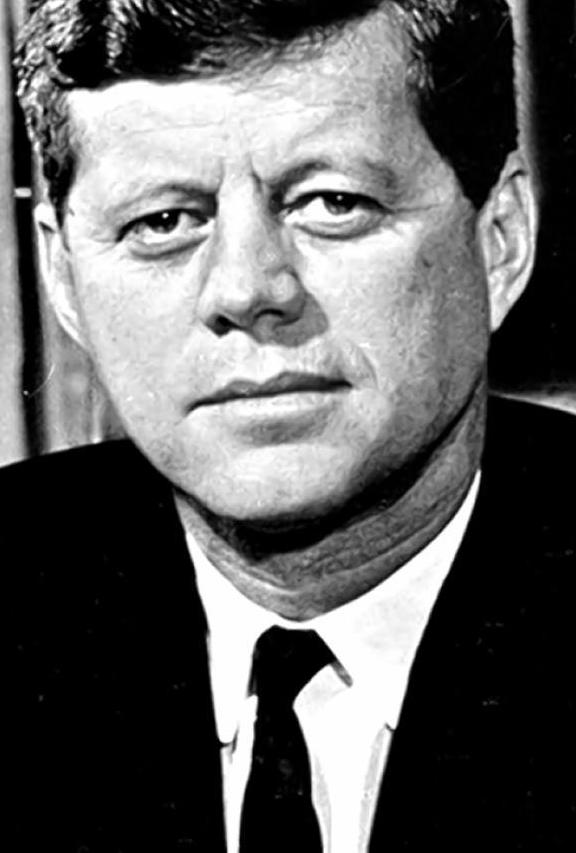
1 of 4
The Bay of Pigs invasion dashed all hopes that Cuba might stop its slide towards Communism. The invasion took place on April 14, 1961. It involved about 1,400 anti-Castro Cuban refugees. President Kennedy permitted the US Navy to escort the invaders’ ships to Cuban waters but did not allow the use of US planes by anti-Castro pilots in the actual fighting.
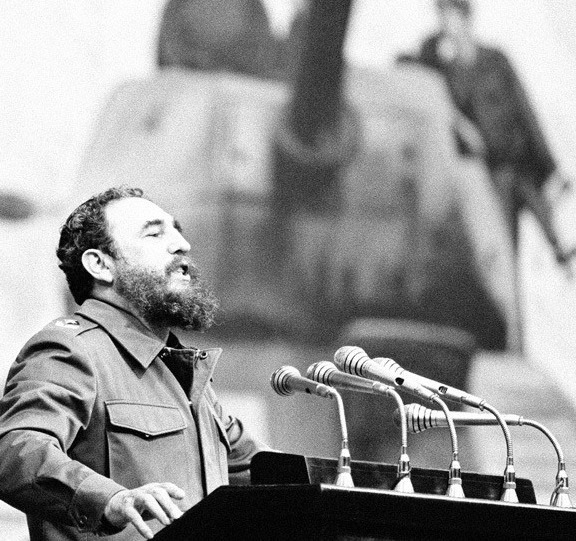
2 of 4
The battle took place where the invaders disembarked, at the Bay of Pigs, just west of Cienfuegos. The fighting lasted three days. Castro’s troops and local militias killed more than 100 invaders and took the survivors prisoner. The defeat of the invaders made Castro a national hero for a second time.
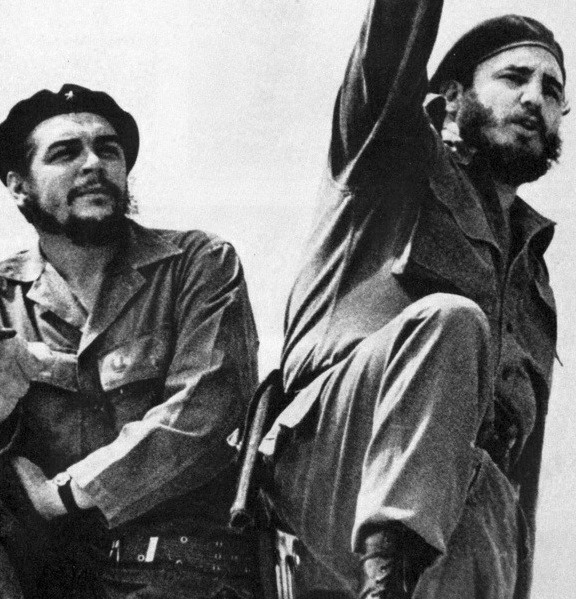
3 of 4
When Castro took power, he was not a Communist. A series of events—involving the Soviet Union, Cuba, and the United States—moved him towards Communism and into the Cold War.

4 of 4
The Bay of Pigs invasion was the pivotal event in the early years of the Cuban revolution. It allowed Castro to consolidate his power and eliminate virtually all his opposition on the island. It gave Castro and the people of Cuba proof that the ultimate goal of the United States was to destroy the Cuban revolution. It convinced a reluctant Soviet Union that a relationship with Cuba could be very beneficial. Finally, it led to the decision to place nuclear missiles on Cuban soil.
Shortly after taking power, Castro made it clear that he was not going to create a government based on coalitions with Cuba’s wealthy elite, many of whom had close ties with the United States. He held ‘war crimes’ trials that targeted wealthy Cubans and the political opposition. As the news cameras rolled, Castro condemned prisoners to death. Hundreds of thousands of Cuban political refugees poured into the United States. Castro also nationalized US companies that operated in Cuba. In response, the US started isolating Cuba economically and diplomatically.

1 of 6
Castro and Castro-appointed judges threw countless other members of the opposition into prison or exiled them. Firing squads executed more than 600 people. Castro had the trials televised live.
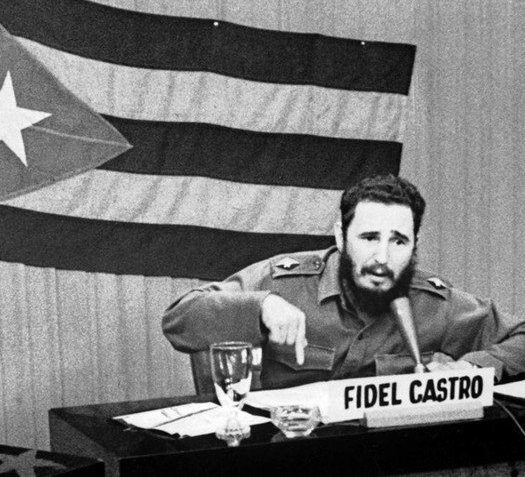
2 of 6
Castro believed correctly that the US Central Intelligence Agency (CIA) was hatching plots against him in the US embassy in Havana. He told the United States to reduce its embassy staff from 300 to 11.
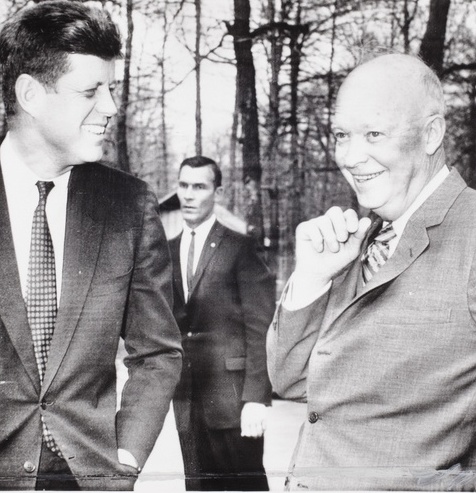
3 of 6
President Dwight D. Eisenhower responded to Castro’s actions by breaking off official diplomatic relations with Cuba, imposing a partial trade embargo, and banning US citizens from travelling there. This policy was in effect until President’s Obama administration.
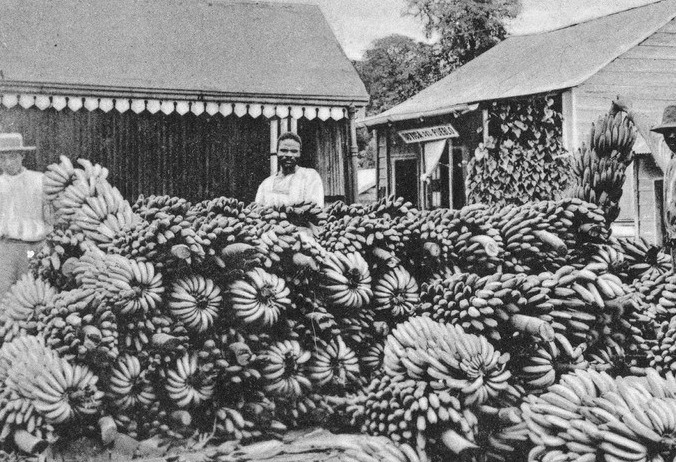
4 of 6
As part of his agrarian reform, Castro seized the landholdings of large US companies, such as the United Fruit Company. In the summer of 1960, he seized US and British oil companies for their refusal to refine Soviet petroleum. The Cuban government seized the American-owned telephone and electricity companies and sugar mills.
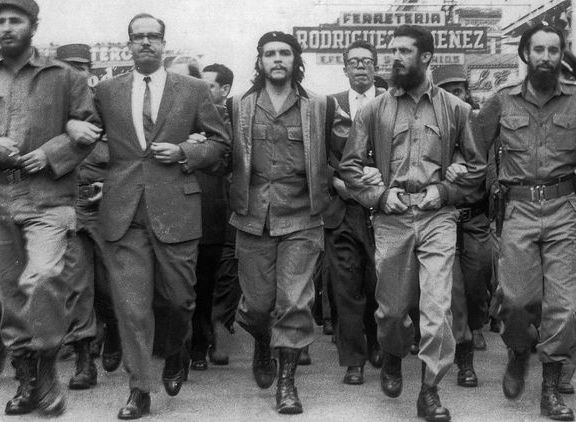
5 of 6
Castro was the man of the hour in January 1959. The Cuban people absolutely adored him. This immense popular support gave Castro the power to radicalize the economy and challenge the powerful economic interests on the island, in particular the sugar industry and major US corporations. Although there would be a struggle within the new government to give the revolution its direction, it was clear to all that Castro would dominate the process.
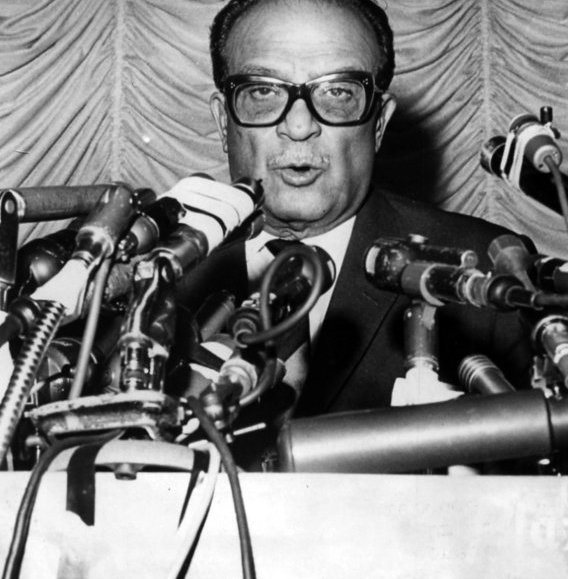
6 of 6
The Fundamental Law of the Republic was passed, which basically gave all political power to the cabinet. Within a week, Prime Minister Miro Cardona resigned in favor of Castro. The cabinet consisted of communists and non communists, reformers and revolutionaries. Its initial goals were to diversify the economy, weaken the pervasive US presence and influence in Cuba and reduce the tremendous economic inequality on the island.
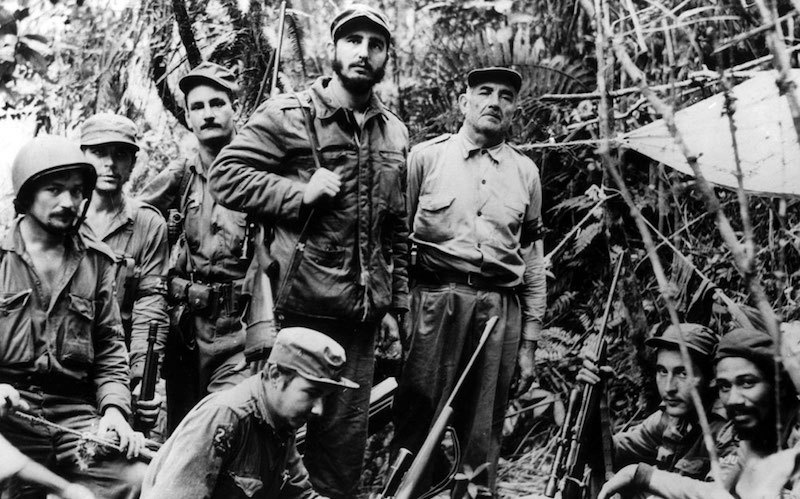
Cuban Revolution
The stage for the violent upheaval was set by the existence of striking political, economic and social inequalities with more than one-third of the population considered poor and lacking social mobility, coupled with the growth of a frustrated middle class whose rising expectations could no longer be met by a stagnant, sugar-based economy.

Cuban Missile Crisis
The Cuban Missile Crisis was one of the pivotal events of the Cold War. The world was brought to the brink of war when the Soviets, in retaliation for US missiles in Turkey, placed nuclear missiles in Cuba. The CIA found out about the Soviet activities in Cuba and president John F. Kennedy demanded the immediate withdrawal of the Soviet warheads.
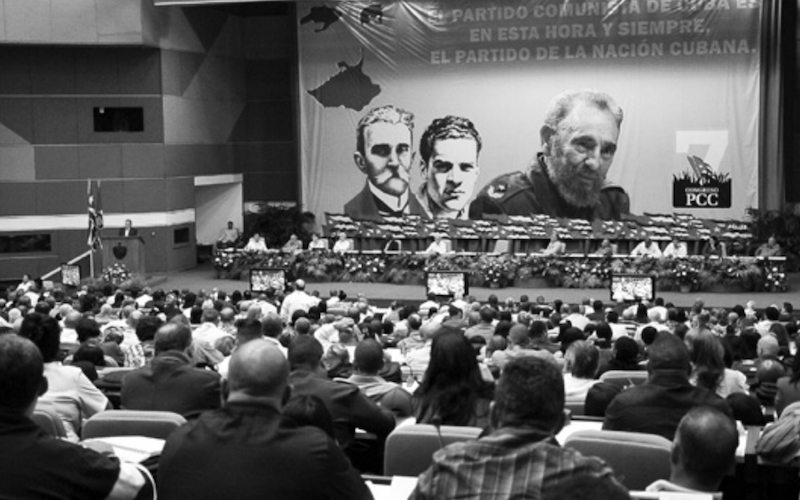
Cuba after the Missile Crisis
In 1965 Cuba officially became a communist state and started receiving aid from the Soviet Union. During this time, Castro's government used this aid to support guerrilla movements in Africa and Latin America. Because of the activities, Cuba's relationship with the United States remained hostile throughout the Cold War.
- Richard A. Crooker, Zoran Pavlovic, Cuba, 2nd Edition, Infobase Publishing, New York, 2010
- Clifford L. Staten, The history of Cuba, Palgrave MacMillan Publishing, New York, 2005
- Leslie Bethell (editor), Cuba: A short history, Cambridge University Press, Cambridge, 1993, Transferred to digital printing: 2007
- Alejandro de Quesada, The Bay of Pigs: Cuba 1961, Osprey Publishing, Oxford, 2009





